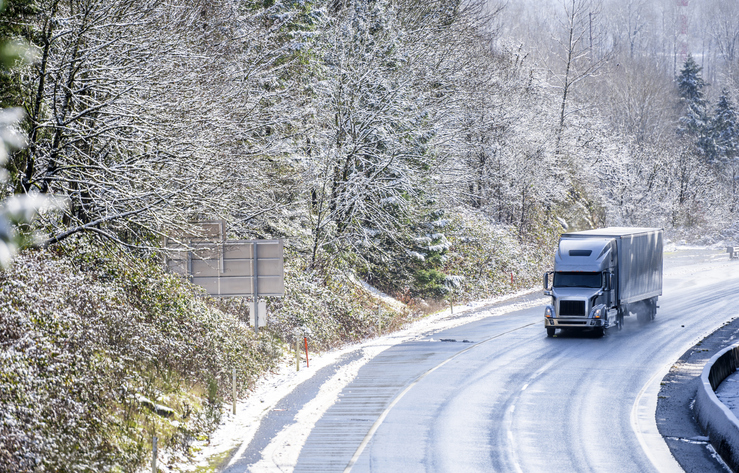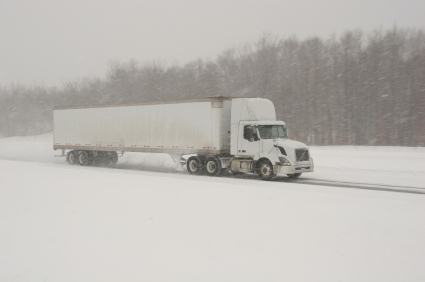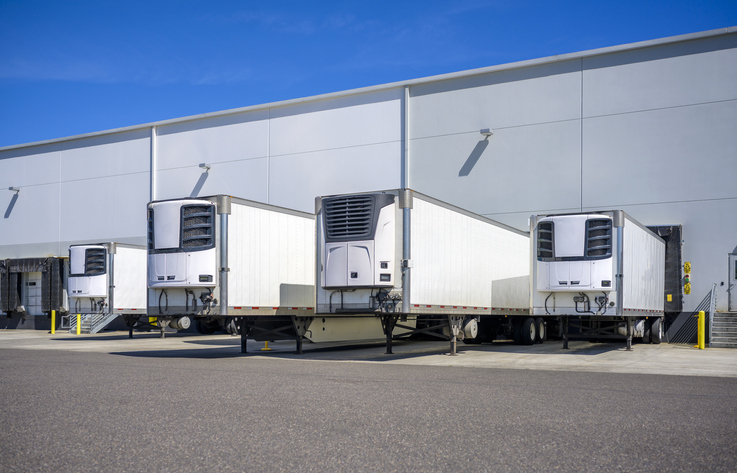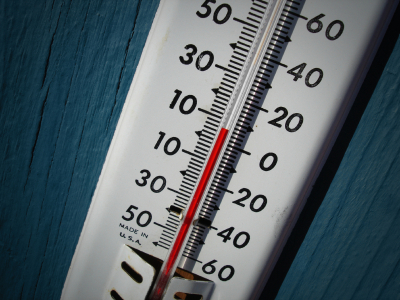If you’re having difficulty getting shipments moved in the capacity crunch of 2014 then this article is for you. Trucking has been booming for the past few quarters. Record amounts of shipments are ready to move and carriers didn’t add capacity over the last few years because of the slow economy. Compounding this issue is the supply of truck drivers entering the market is just not enough to keep up with demand. All these factors have lead to a very tight market for trucks.
1. Flexible Pick Up Times
A carrier’s day is very complex. It requires coordination of people, materials and equipment across huge geography. To add to this, much of what they plan is unpredictable like the weather, traffic conditions, and border wait times. If you have flexible pick up times this really makes your location attractive to carriers. If they know they have a large pick-up/delivery window then it’s so much easier for their people do deal with the unforeseen and still be able to pick up and deliver. Consider more flexible pick up times in shipping/receiving department to attract more carriers to your lanes.
2. Weekend Pick & Deliveries
There’s a lot of equipment sitting idle on the weekends waiting for pick-ups or deliveries that can only be done on Monday. If you offer weekend deliveries, this may be attractive to carriers during the capacity crunch because it frees up equipment and eases the load on Monday deliveries. If you accommodate weekend pick-ups, a carrier who would otherwise have to layover a driver until Monday would be happy to pick up your shipment.
3. Reduce Time Wasters
Truck drivers get paid by the mile, not by the hour. Nothing aggravates a driver more than having to wait for long periods of time to get freight loaded, wait for paperwork, Certificates of Analysis, customs documentation or anything else preventing them from driving. If your facility has a good reputation for getting drivers in and out fast, you’ll have carriers lined up for your business.
4. Pre-Loaded Trailers
This is another way to offer carriers not only a fast turnaround but a commitment of future freight. To set up a drop trailer has a small investment to spot the trailer, but offers the carrier quick turn-around. The trailer can be loaded in advance and the carrier just has to drop the empty and hook up the full. Fast and easy! Plus, the carrier knows they’ll get repeat business because their trailer is there. This is a great way to make things easier for everyone and get a capacity commitment from your carriers.
5. Be Fair and Authentic
Carriers have a very difficult business to run just like you do. Their business runs on information for the most part. They have a huge task of coordination to undertake every day. If your freight is tendered at 34,000 lbs, it should be 34,000 lbs when the carrier gets there, not 36,000 lbs. Being fair, open and honest about your freight and the requirements helps the carriers plan better. If you have a reputation for being fair and authentic, then carriers will be glad to do business with you.
6. Do what you say and say what you do
An extension of being fair and authentic is to clearly outline requirements for the carrier. If you’ve committed to pay in 30 days, pay in 30 days. If you’ve promised a 1 hour load time, load in 1 hour. If you’re clear and consistent without any surprises, you’ll have a good reputation with the carriers and they’ll choose your freight over someone else’s that may come with “problems”.
7. Longer Shipping Department Hours
Many shipping departments close at 5 pm. This leaves the carrier rushing to get there during rush hour traffic and if he’s a few minutes late, he misses the load and has to layover. This is a big deal for carriers. If you have the ability to load until 9pm or midnight even, offer this to the carriers. Many will jump at the chance for a late pick up because it saves them the layover and avoids rush hour traffic.
8. Cater to Drivers at Your Facility
Make your driver waiting area comfortable and treat the drivers with respect. Offer them washroom facilities and maybe a free coffee. This goes a long way with the drivers. You’ll get a good reputation of a great place to pick up and deliver. Carriers will want to do business with you and drivers will want the loads.
9. Know the Market
Make sure you’re offering competitive rates. In the tight market of 2014, rates you paid during the recession are just not realistic. Make sure you’re paying with the market and you’ll be more likely to get your shipments moving.
10.Consider LTL
It can be expensive, but sometimes if you have no other option, splitting a Truckload shipment into two LTL shipments can open up new opportunities to get your freight moving.
11.Bonus Tip: Call XTL
XTL has solutions for both truckload shipments and LTL shipments through XTL Logistics. We can help you find capacity and get your shipments moving. Contact us.







 What is Heated Service Trucking vs. Protect from Freeze Service
What is Heated Service Trucking vs. Protect from Freeze Service
 Why do you need to worry about Temperature Controlled Transport?
Why do you need to worry about Temperature Controlled Transport?